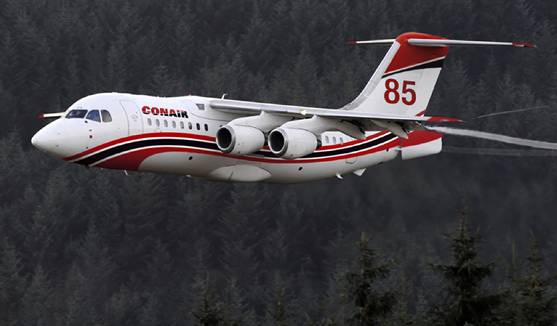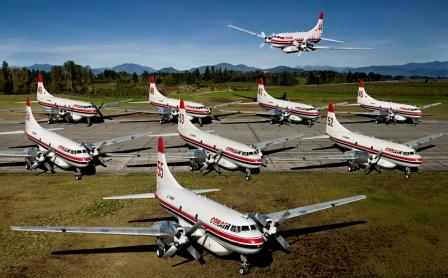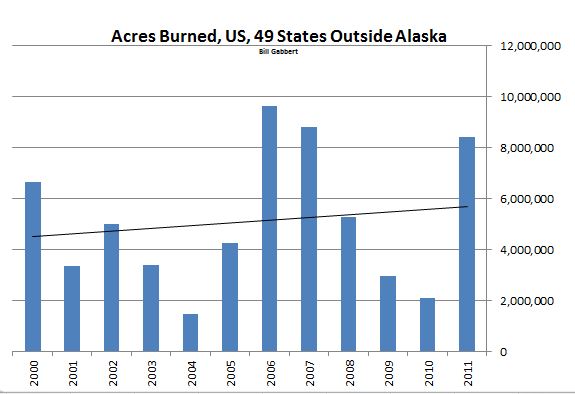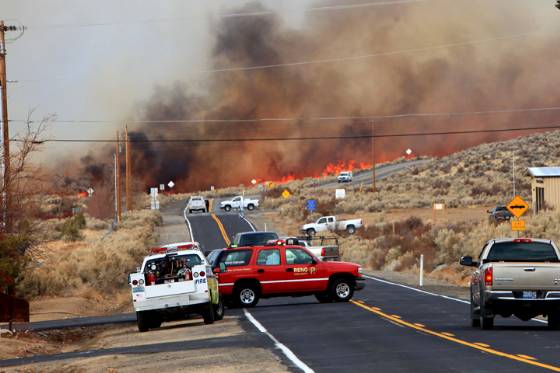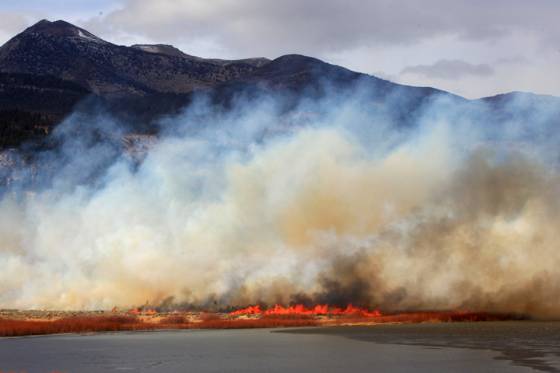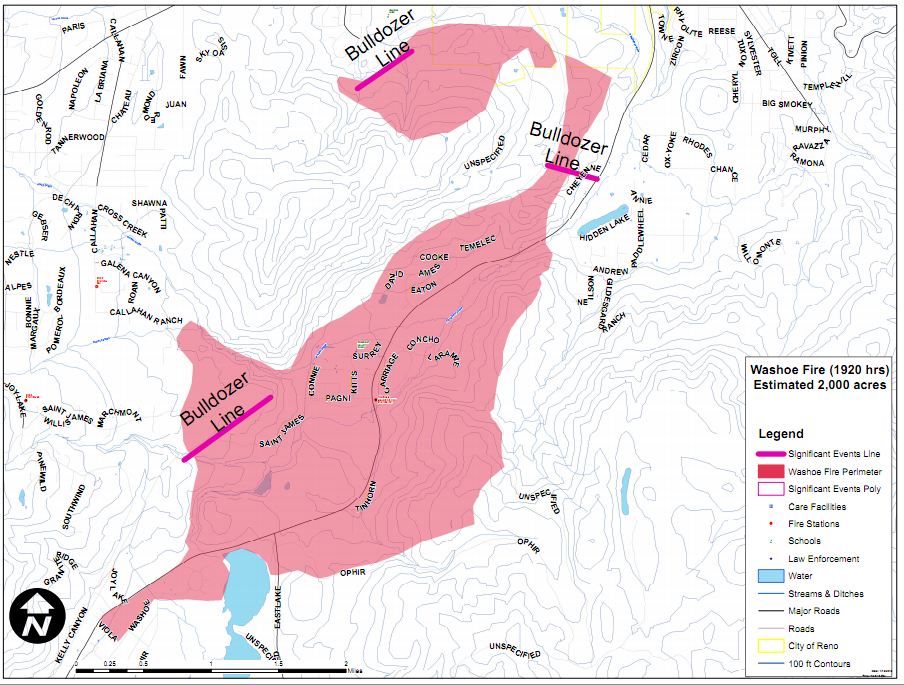The following was released on PRWeb by the American Helicopter Services & Aerial Firefighting Association (AHSAFA), a Washington-based trade association representing commercial operators of helicopters and fixed wing aircraft engaged in aerial wildland firefighting. It is a good update on the status of four companies that provide helicopters for wildland fire management, Erickson, Columbia, Intermountain, and Rogers.
=============================================================
Aerial Firefighters Gearing Up For The 2012 Wildland Forest Fire Season
Helicopter operators specializing in aerial firefighting are anticipating an early start to the 2012 wildland fire season.
Washington, DC (PRWEB) January 25, 2012
“With near record lows in rainfall, combined with record high temperatures in much of California in December–plus ongoing dry conditions throughout much of the Southwest–the aerial firefighters are preparing for an earlier than normal deployment of assets, given the prevailing high fire dangers, especially in those parts of the country,” said Tom Eversole, Executive Director of the American Helicopter Services and Aerial Firefighting Association (AHSAFA) in Washington.
“For us, the 2011 fire season never really went away,” noted Dan Sweet, Public Relations Manager for Columbia Helicopters in Portland, Oregon. “For instance, we have had a Columbia Helicopters Vertol 107-II in Big Spring, Texas, since March of last year, and expect to keep that helicopter there for the immediate future.” Sweet noted that Columbia performs heavy maintenance, as well as pilot training during the winter months. This year, 15-20 pilots will be assigned to four of the company’s aircraft–three Columbia Helicopters Vertol 107-II’s, and one Columbia Helicopters Model 234 Chinook–which will be operated under US Forest Service (USFS) exclusive-use contracts for firefighting. That is the same number operated for the USFS in 2011. Concurrently, 30-40 field maintenance crews are undergoing training.
Portland/Central Point Oregon based Erickson Air-Crane has yet to see a break in activity pertaining to the fire season on a global level. Currently the company holds 5 contracted locations in Australia between the Central, Southern and Eastern portions. In December a 6th location was requested by the Fire Authorities for Erickson to provide an S-64 Helitanker for Western Australia operating out of Perth. Half of these will return to the United States and the other half will be shipped to Greece under contract with the Greek fire authorities. San Diego Gas and Electric requested an addition S-64 in August to augment its power line construction and fire standby through the middle of January 2012 for the greater San Diego City and County areas. Erickson is also gearing up for the U.S. fire season with 6 S-64’s under exclusive use contracts with the U.S. Forest Service with 2 additional aircraft assigned to the city of Los Angeles, CA. Erickson Air-Crane will be operating 16 of their own aircraft and providing maintenance and crewing for up to 5 additional customer owned S-64’s.
Intermountain Helicopters of Sonora, California is also getting ready for an active fire season through an aggressive maintenance program on its Bell 212 and Bell 412 twin engine helicopters, according to Rick Livingston, Director of Operations. Currently, Intermountain Helicopters has a six person staff, which includes four pilots and three mechanics, some of whom are cross-trained to fly and maintain the aircraft. “All annual inspections are done prior to the fire season, in order to avoid component failure in the field during mid-season,” Livingston noted. “That’s why, when a component is within about 100 hours of change out, we’ll do it immediately, rather than let it go to the life limit, and risk a failure in the field. We have a very proactive, preventative maintenance program, not just for the helicopters, but the fuel trucks, and maintenance trailers that go out with them.”
Fresno, California-based Rogers Helicopters’ Vice-President Robin Rogers reported the company, which operates a mixed fleet of 11 single and twin-engine helicopters, has two Bell 212s and one Eurocopter A-star helicopter, along with a fixed wing Turbo Commander aircraft, ready for dispatch. “In addition to annual aircraft scheduled maintenance checks, our staff of 25 mechanics also perform annual inspections of our support equipment, which includes a combination of 30 fuel trucks, and maintenance trailers,” said Rogers. “We also inspect all of the equipment that needs to be aboard each aircraft, by contract, such as the Bambi buckets, and long lines.” Recurrent and upgrade pilot training is also done concurrently with the maintenance period. Right now, Rogers Helicopters employs 40 pilots, of which 22 are full time. As with maintenance, all pilot training is done in-house. “Our training is pretty standardized, because there is really no way to predict the severity of the fire season until it happens,” said Rogers. “If history is any indication, you would usually see fire activity in California and the Southwest in the March or April time frame. But with the current dry conditions and the Santa Ana winds, a wildfire could break out any time.”
Columbia Helicopters, Erickson Air-Crane, Intermountain Helicopters, and Rogers Helicopters are members of the American Helicopter Services & Aerial Firefighting Association (AHSAFA), the Washington-based trade association representing commercial operators of helicopters and fixed wing aircraft engaged in aerial wildland firefighting.
Thanks go out to Dick


